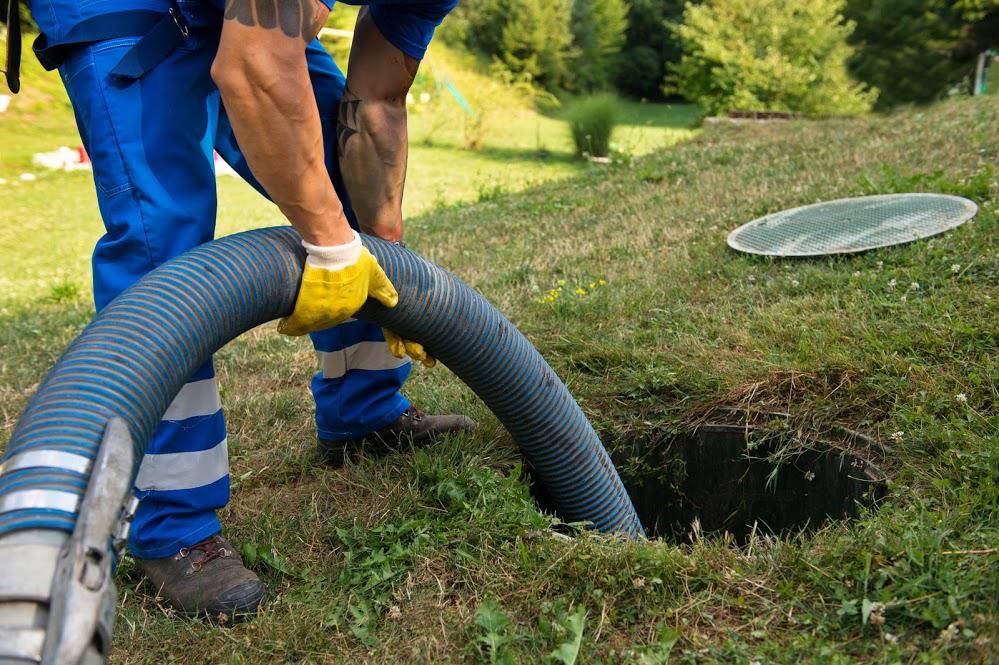The Anatomy of a Septic Tank
Although many homeowners across America own septic systems, complete with tanks, piping, and leach fields, all too few of them actually know what's going on under the surface of their yard. But no matter how discreet your septic tank and leach field are, you still need to know their specifications and requirements so you can make sure they work well and as long as possible.
Some of the main parts of the tank itself include the compartments, baffles (inlet and outlet), tank lid. Here are the basics of each component and how they factor into the function of the system as a whole.
Tank Compartments
Your septic tank is where the wastewater from your home drains after you've dumped it down the drains or flushed it down the toilet. This tank is actually more of a holding area than a processing area, though.
The tank doesn't do much to clean the wastewater; all it does is host bacteria, separate out the solids, and send the liquids on to the processing field. This is a fairly passive process; the solids filter out by settling to the bottom of tank thanks to the force of gravity.
Depending on the style and age of your system, your tank might have one or two compartments. Two-compartment tanks are typically the newer and larger styles. If your tank was installed after 1975 and has two full-sized access lids, it's likely a two-compartment tank.
Much more commonly, however, problems occur at the inlet and outlet baffles. The outlet baffle has a characteristic problem: it can crumble from the gases found inside the tank. But if you have a plastic baffle (instead of a concrete baffle), also called a plastic tee, then you should be good to go.
A problem that often occurs at the inlet baffle is a blockage. That's because both solids and liquids enter the tank through this inlet, so sometimes toilet paper clogs or foreign objects can block the flow. This is especially likely if the inlet was installed with the sewer line sticking in just a little too far. This doesn't leave quite as much space for large wads of toilet paper to get clear of the pipe.
Access Points and Risers
Typically, your septic tank should have at least one manhole-sized access point and one or more smaller inspection ports (the number can vary based on the style of tank and the manufacturer's design).
Many older tanks have the lids buried several feet under the ground, meaning more work and more mess every time you get the tank pumped. Installing a riser brings the access point to ground level, which can help you avoid any fees you might incur from the extra labor your pumping personnel need to expend on digging.
These are the main parts of the tank in a typical, gravity-fed septic system. If your system isn't purely gravity-fed, then it will likely have a motor as well, meaning it's much more complicated, and other variations on the septic system such as aerobic versus anaerobic treatment systems can add even more complexity.
No matter what type of septic system you have, though, you can count on Walters Environmental Services . Get in touch with us today if you have any septic issues or maintenance needs to discuss.





